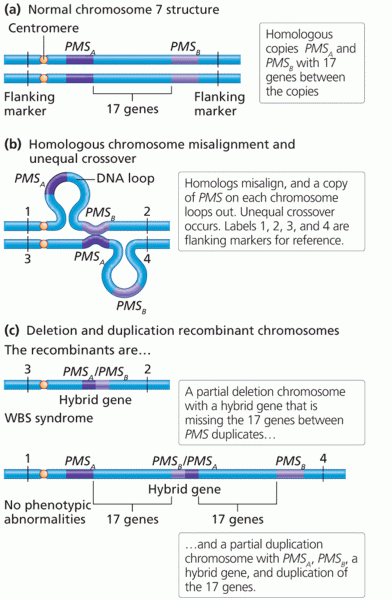|
|
|
The Romans did not use numerals to indicate fractions but instead used words to indicate parts of a whole.
Bacteria have flourished on the earth for over three billion years. They were the first life forms on the planet.
Anesthesia awareness is a potentially disturbing adverse effect wherein patients who have been paralyzed with muscle relaxants may awaken. They may be aware of their surroundings but unable to communicate or move. Neurologic monitoring equipment that helps to more closely check the patient's anesthesia stages is now available to avoid the occurrence of anesthesia awareness.
Nitroglycerin is used to alleviate various heart-related conditions, and it is also the chief component of dynamite (but mixed in a solid clay base to stabilize it).
Illicit drug use costs the United States approximately $181 billion every year.







